Keystone Ecology
Keystone Habitats
Keystone – making ecology our business
Keystone Marine
Our marine ecological consultancy services include seabed, intertidal and sub-tidal surveys, seabed sampling, biotope surveys and mapping, marine mammal and bird surveys, plankton, fish and benthic surveys, GIS Mapping, Ecological Impact Assessment and the design and implementation of Mitigation, Monitoring and Management Plans.
Ecology, Habitats and Marine Survey, Assessment, Design, Planning and Contracting
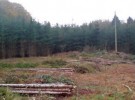
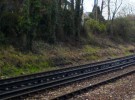
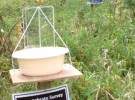
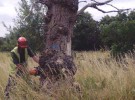
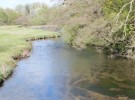

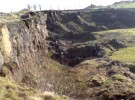
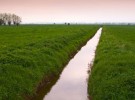
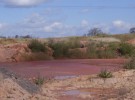
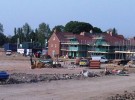

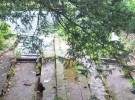
Invertebrates
Excluding White Clawed Crayfish, one invertebrate (Large Blue Butterfly) is currently protected under European legislation and 46 invertebrates under UK legislation (excluding those protected against sale only). Approximately 423 invertebrate species are a Priority on the UK Biodiversity Action Plan (BAP). Listing on Local BAPs and their distribution throughout the UK is variable according to species.
There are around 40,000 invertebrate species in the UK alone. The majority are insects of which there are about 27,000 species in the UK comprising 25 different groups (orders) e.g. beetles, butterflies, moths and dragonflies. Critical to biodiversity, invertebrates provide food for birds and mammals, and play a vital role in the pollination of plants.
Invertebrates depend on terrestrial, freshwater and marine habitats with some species relying on land and water depending on life-stage. Their precise habitat preferences are species dependent, therefore the type of habitats present on a site can be used to assess whether further investigation is warranted.
Our Invertebrate capabilities are:
Ecology
Survey
Habitat suitability, terrestrial, freshwater and species specific e.g. Marsh Fritillary surveys.
Design and Assessment
Masterplan design and Impact Assessment.
Licence Application
European Protected Species licence application, site supervision and monitoring.
Mitigation
Precautionary working method statements, tool box talks, pre-works survey and site supervision.
Management and Monitoring
Production of management plans and monitoring during construction and post mitigation.
Habitats
Mitigation
Signage and protective fence installation around sensitive areas.
Habitat Creation and Restoration
Tree, woodland, scrub and hedgerow planting and grassland seeding.
Habitat translocation e.g. grassland, orchard, heathland.
Wetland and heathland creation and restoration.
Micro-climate creation e.g. sandy banks, wet scrapes, dead wood piles.
Habitat Clearance
Tree, hedgerow, scrub and woodland clearance and turf stripping. Stump grinding and treatment.
Habitat Management
Management to improve the quality of Invertebrate habitat.